What could be more fitting for May 10th than a walk through Peles Castle? We invite you to visit it to discover the beautiful walnut wainscoting, the coffered ceilings, the special beams, the spiral staircases, the furniture in different styles. All the more reason to tell his story.
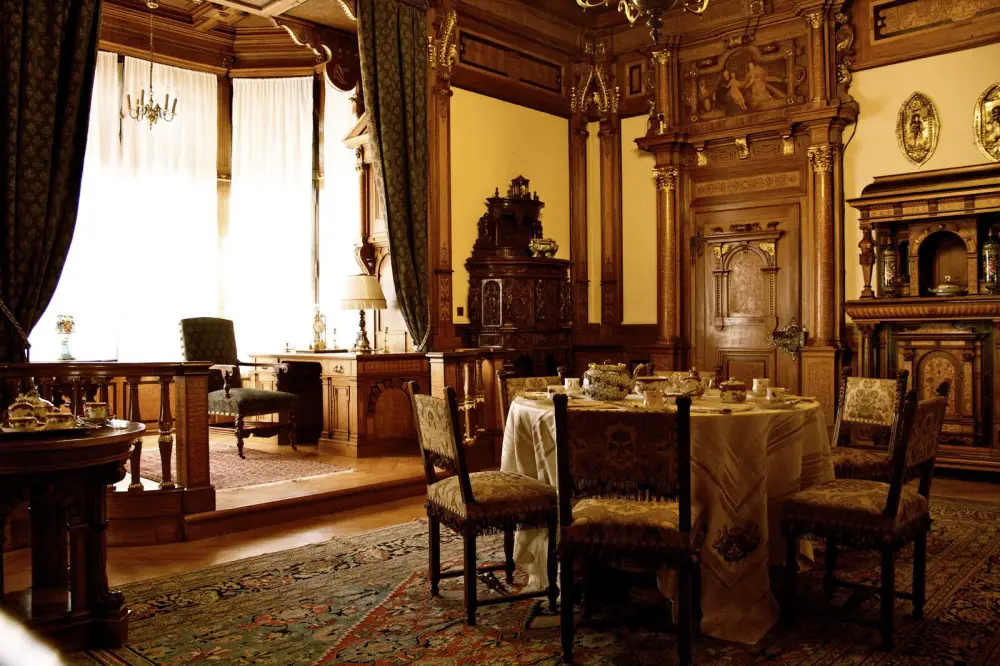
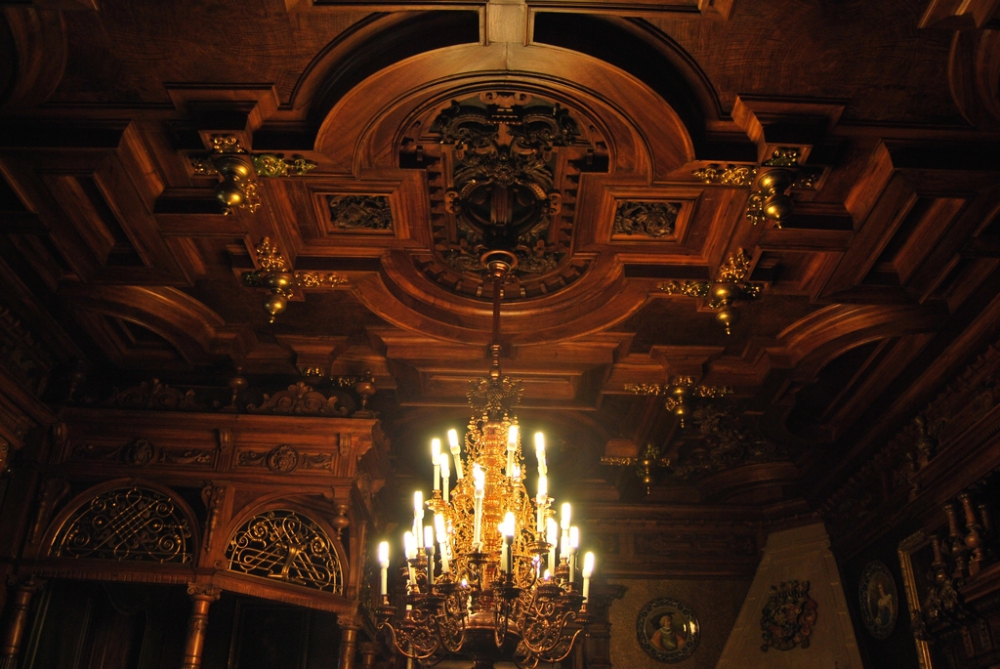
A castle built with craftsmen from all over Europe
As early as 1866, his first year as Prince of Romania, Carol I visited a mountain village near the border with the Austro-Hungarian Empire, Podul Neagului, the old name of the resort of Sinaia. He is enchanted by the place and decides to build a castle to be the cradle of the new dynasty.
In 1872, he bought a plot of land in the Piatra Arsă area, a more secluded area. In 1873 work began. The architects who drew up the plans and supervised the work were Johannes Schultz, Karel Liman and Emile Andre Lecomte du Nouy. Between 1873 and 1875 the ground was consolidated, as it was quite uncertain and difficult. In 1875 the construction of the castle began, and Carol I laid several hundred 20 lei coins on the foundations, the first coins bearing the new ruler's face.
The work lasted until 1883, during which time it was under the permanent supervision of the prince. According to Queen Elisabeta (poet and writer Carmen Silva), the workers who worked on the castle were of different nationalities - Romanians, Albanians, Greeks, Turks, Italians, Germans, Hungarians. Apparently 14 languages were heard among the workers, a veritable Babylon.
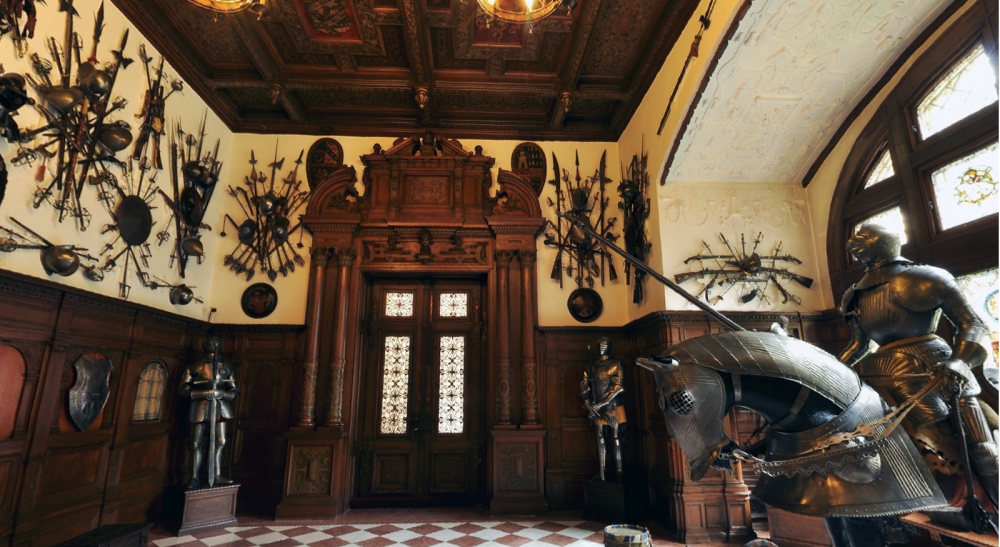
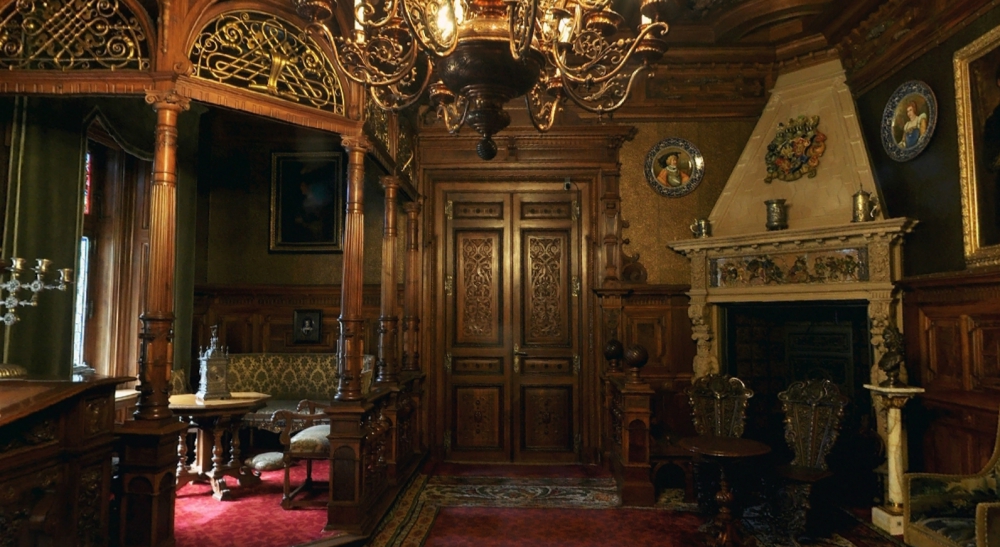
Vasile Alecsandri, present at the inauguration
At the official inauguration of the castle - on October 7, 1883 - the poet Vasile Alecsandri was present, among many personalities of the time. He wished the ruling family a new home:
"How many bricks and beams
So many greatnesses and triumphs
How much sand in these buildings
So much happiness and brightness."
Between 1883 and 1914 (the year of Prince Charles I's death) the castle was extended. Two smaller buildings, Pelișor and Foișor, were built. In 1921 King Michael I was born in Foișor.
The castle was decorated by J.D. Heymann, August Bembe and Bernhard Ludwig, who were very well known and appreciated at the time. An attempt was made to give each room its own personality, using several styles: German and Italian Neo-Renaissance, Neo-Renaissance, Neo-Renaissance, German Neo-Baroque, Biedermeier, Turkish, Moorish. The Hall of Honour, with walnut panelled walls inlaid with noble inlaid wood, the Hall of Arms, decorated in neo-Renaissance style with oak panelling and a coffered ceiling, the King's study with Heymann furniture, the old music room decorated with teak furniture, a gift from the Maharajah of Kapurtala.
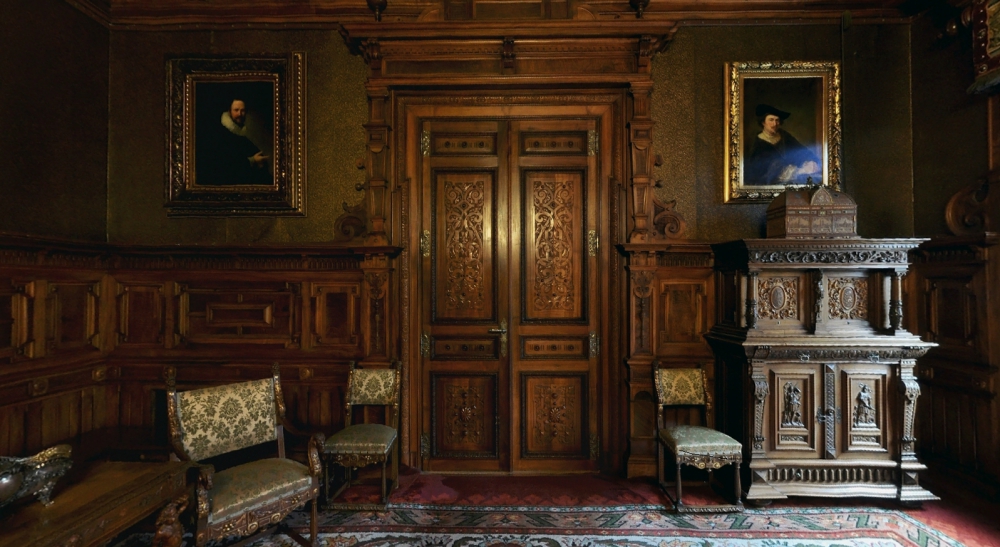
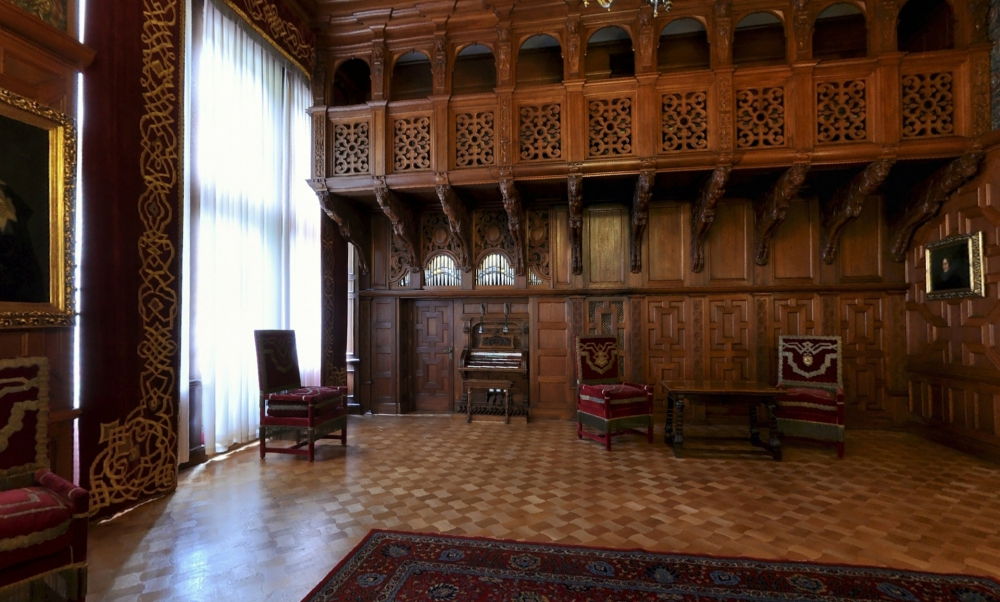
Europe's first electrified castle
What is absolutely remarkable is that in 1914, when it was opened for visitors, the castle had an indoor elevator, vacuum cleaner, central heating, modern bathrooms. Peles was the first electrified castle in Europe.
On December 30, 1948, the castle was confiscated by the communist regime as a "people's property". On January 3, 1949, King Michael Michael left the castle, which was to become a museum in 1852. In the same year, some of the heritage assets were transferred to the Bucharest Art Museum.
In 1975 the Ceausescu regime closed the castle to the public and it was reopened after the revolution in 1990. A story about the interior woodwork dates back to this period. It seems that the Ceaușescu family wanted to make Peles Castle their personal residence. For fear that it would be damaged by their questionable taste, the museographers said that a fungus, very dangerous to humans, had entered the wood. In fact, there really was a fungus, but it was only on the wood. In the 1980s, a team from ICPIL (Institute for Research and Design for the Wood Industry), where I worked for a while, worked hard to salvage the affected wood. Unfortunately, some of the beams in the Hall of Honor and in the dining room downstairs had to be replaced.
In 2007, Peles Castle was retroceded to the royal family, with the deed of retrocession signed on February 20. King Michael I decided at the time that it should remain on the tourist circuit. "The Gates of Peles will remain open to Romanians for eternity" said Her Majesty.
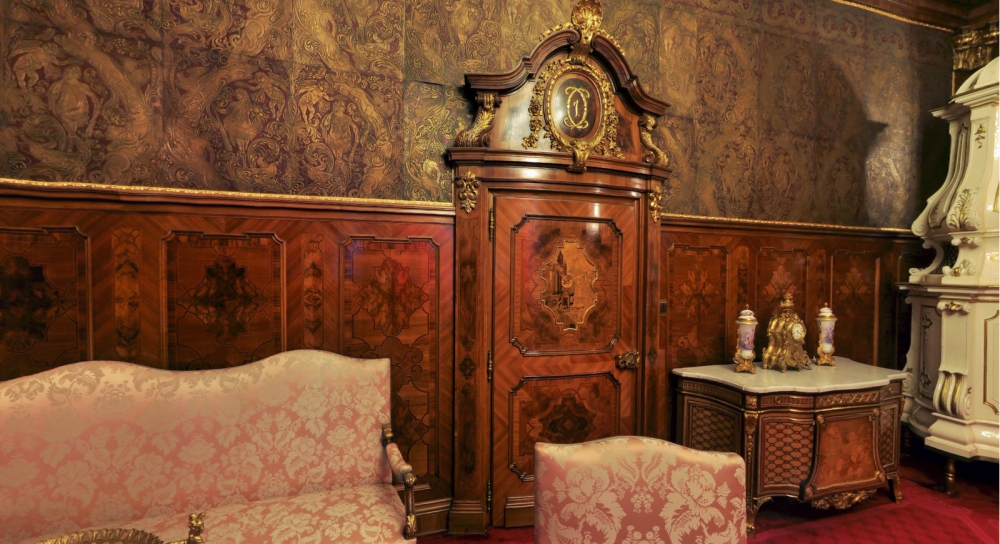

I highly recommend you to visit Peles Castle, you will be absolutely delighted. I visited it not long ago together with some foreign friends and collaborators, and their reactions convinced me that we have one of the most beautiful castles in Europe.




































Add comment